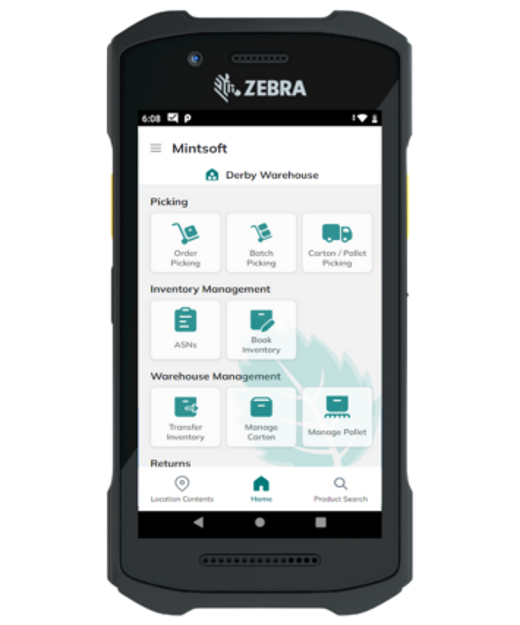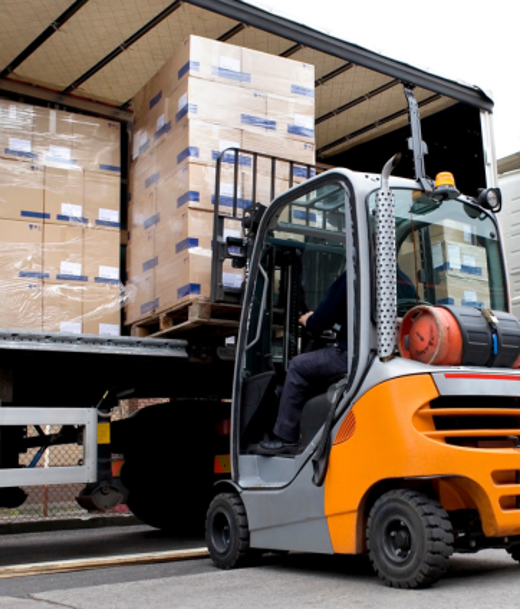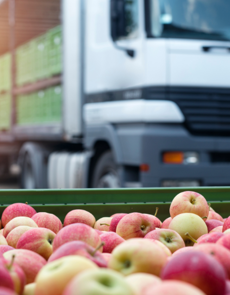Order Fulfillment Software to maximise productivity
Order fulfillment software that connects your order, inventory and warehouse and shipping operations, to increase fulfillment speeds and picking accuracy
The order fulfillment software with 150+ integrations
Complete order fulfillment software
Whether you're a 3PL or ecommerce retailer, control your complete order fulfillment with Mintsoft and deliver more to your customers.
The all-in-one solution automates your order and warehouse processes, reducing errors and saving you time & money. Integrate with all the external platforms you need, to reduce manual data entry and speed up your time to despatch.
Benefits of Mintsoft's order fulfillment software
Key features of order fulfillment software
Trusted by 100s of fulfillment companies
Book a free demo today
Order Fulfillment FAQs
Get in touch today if you have more questions about our order management solution and features.
What is order fulfillment?
Order fulfillment is the process of delivering a product to a customer, starting from the first point of sale and covering all the steps that are necessary in order to deliver the product. This includes order processing, picking and packing, and shipping.
How does order fulfillment software work?
Order fulfillment software works through automating processes in the order fulfillment process. Which includes recovering orders, picking and packing, delivery and even returns. The software has integrations which can link with shopping platforms and couriers to provide more information to the customer and make the process more efficient.
What is the order fulfillment process?
The order fulfillment process includes receiving orders, inventory management, processing orders, picking and packing, shipping, delivery and returns. You can find out more in our order fulfillment guide.
How does software help with order fulfillment?
Software can help automate processes within order fulfillment. This can reduce the number of errors, saving time on orders and reducing the number of delays. Learn how software can help you gain a competitive advantages with our order fulfillment guide.
How to improve order fulfilment process?
To improve your order fulfilment process, you can use software and technology to remove as many human touch points as possible to speed up the process and reduce the possibility of errors.
You can see more by reading our blog on improving the order fulfilment process.
What does order fulfillment mean?
The term order fulfillment means the entire process of receiving, processing, and delivering customer orders.
Why is order fulfillment important?
Order fulfillment is important as it is the process of getting products from the point of sale to the customer's delivery location and encompasses the entire journey of every product.












